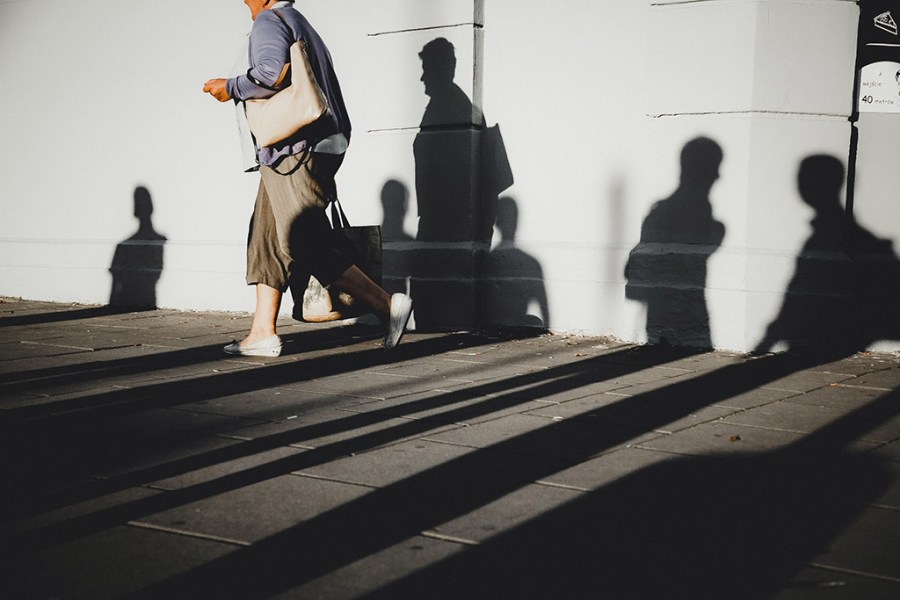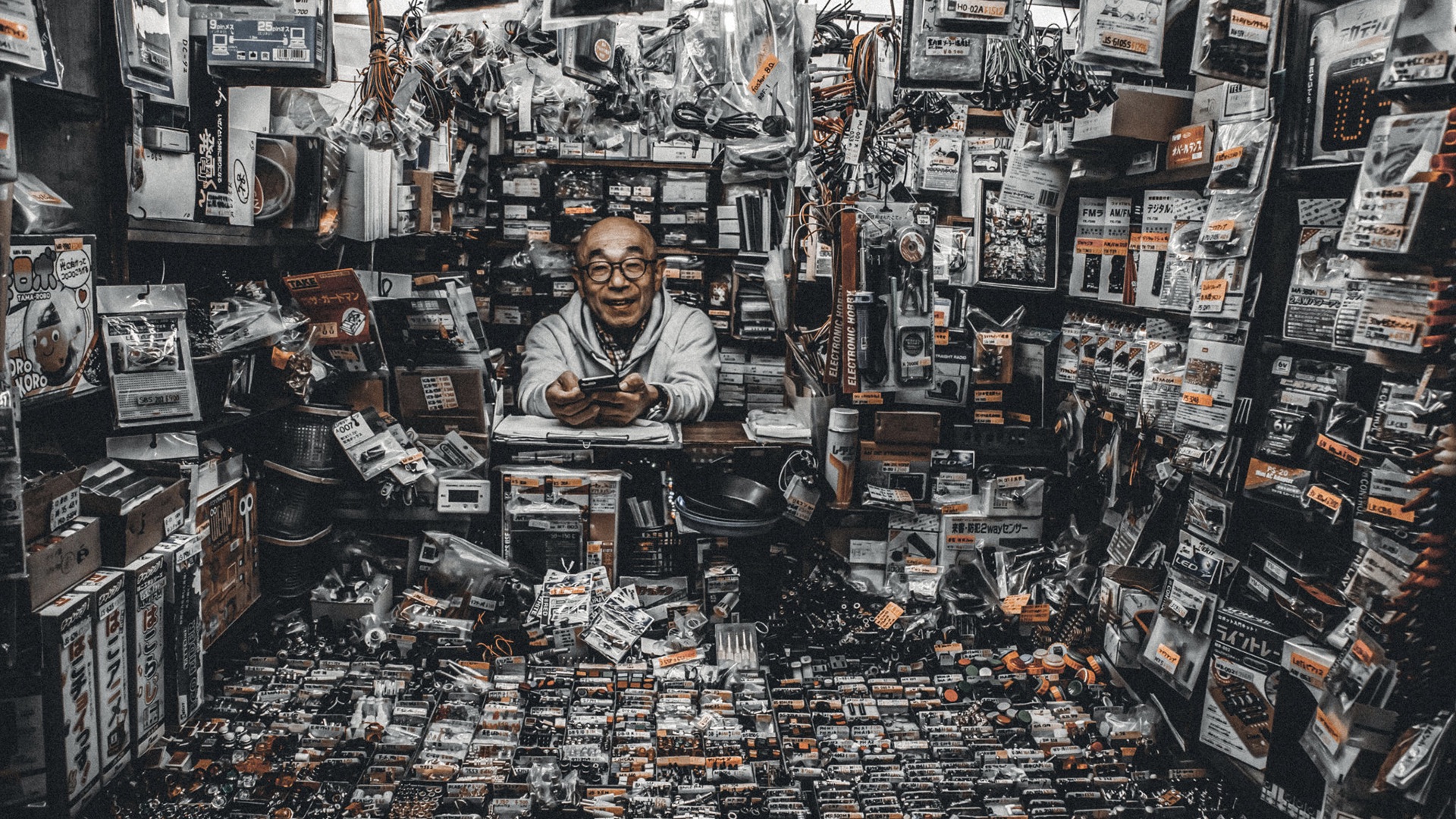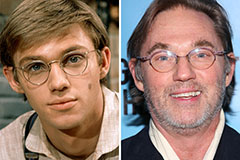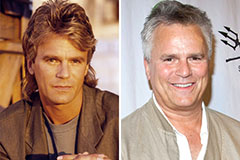Street Photographers - The Facts
Table of ContentsSome Ideas on Street Photographers You Need To KnowThe Buzz on Street PhotographersHow Street Photographers can Save You Time, Stress, and Money.The 20-Second Trick For Street PhotographersThings about Street Photographers
, a genre of digital photography that documents daily life in a public place. The actual publicness of the setting makes it possible for the photographer to take honest pictures of strangers, usually without their understanding. Street photographers do not always have a social function in mind, but they favor to separate and capture minutes which may or else go undetected.He was influenced by numerous of those that affected the road photographers of the 1950s and '60s, he was not chiefly interested in recording the spirit of the road., who worked side by side with digital photographers attempting to capture the essence of metropolitan life.
As a result of the fairly primitive technology offered to him and the long exposure time needed, he battled to capture the stress of the Paris roads. He experimented with a collection of photo approaches, attempting to discover one that would certainly allow him to catch activity without a blur, and he found some success with the calotype, patented in 1841 by William Henry Fox Talbot. In comparison to Atget, digital photographer Charles Marville was hired by the city of Paris to create an encyclopaedic document of Haussmann's urban planning project as it unfolded, therefore old and brand-new Paris. While the photographers' subject was essentially the very same, the results were markedly various, demonstrating the effect of the digital photographer's bent on the personality of the pictures he produced.
Street Photographers Things To Know Before You Get This
Offered the fine high quality of his pictures and the breadth of product, architects and musicians typically purchased Atget's prints to make use of as recommendation for their very own work, though business interests were rarely his main inspiration. Instead, he was driven to photo every last residue of the Paris he liked. The mingled interest and seriousness of his goal shine through, leading to photographs that narrate his very own experience of the city, qualities that prepared for street photography of the 20th century.

Unlike his peers, Brassa utilized a larger-format Voigtlnder electronic camera with a longer exposure time, requiring him to be extra calculated and thoughtful in his method than he may have been if using a Leica.

A Biased View of Street Photographers
It is due to the fact that of this fundamental understanding of the art of photo taking that he is often credited with finding the tool all over again approximately a century since its innovation. He took pictures for more than a half century and influenced generations of professional photographers to trust their eye and instinct in the moment.
These are the questions I shall try to address: And after that I'll leave you with my own meaning of street digital photography. Yes, we do. Let's start with defining what a definition is: According to it is: "The act of specifying, or of making something guaranteed, unique, or clear".
No, most definitely not. The term is both restricting and misguiding. Seems like a road digital photography must pop over to this site be pictures of a streets best?! And all street professional photographers, with the exception of a handful of absolute beginners, will totally value that a road is not the essential element to street digital photography, and really if it's an image of a road with possibly a few boring people not doing anything of interest, that's not street digital photography that's a picture of a road.
The Best Strategy To Use For Street Photographers
He visit their website makes a valid factor don't you assume? While I concur with him I'm not sure "honest public photography" will certainly catch on (although I do kind of like the term "honest photography") since "street photography" has actually been around for a long time, with many masters' names affixed to it, so I believe the term is below to stay. Street Photographers.
You can fire at the coastline, at a festival, in a street, in a park, in a piazza, in a cafe, at a gallery or art gallery, in a metro station, at an occasion, on a bridge, under a bridge ...
What Does Street Photographers Do?
Yes, I'm afraid we terrified no choice! Without rules we can not have a meaning, and without an interpretation we do not have a genre, and without a category we do not have anything to specify what we do, and so we are stuck in pop over to this site a "regulations meaning category" loophole! - Street Photographers

 Amanda Bearse Then & Now!
Amanda Bearse Then & Now! Talia Balsam Then & Now!
Talia Balsam Then & Now! Richard Thomas Then & Now!
Richard Thomas Then & Now! Lucy Lawless Then & Now!
Lucy Lawless Then & Now! Richard Dean Anderson Then & Now!
Richard Dean Anderson Then & Now!